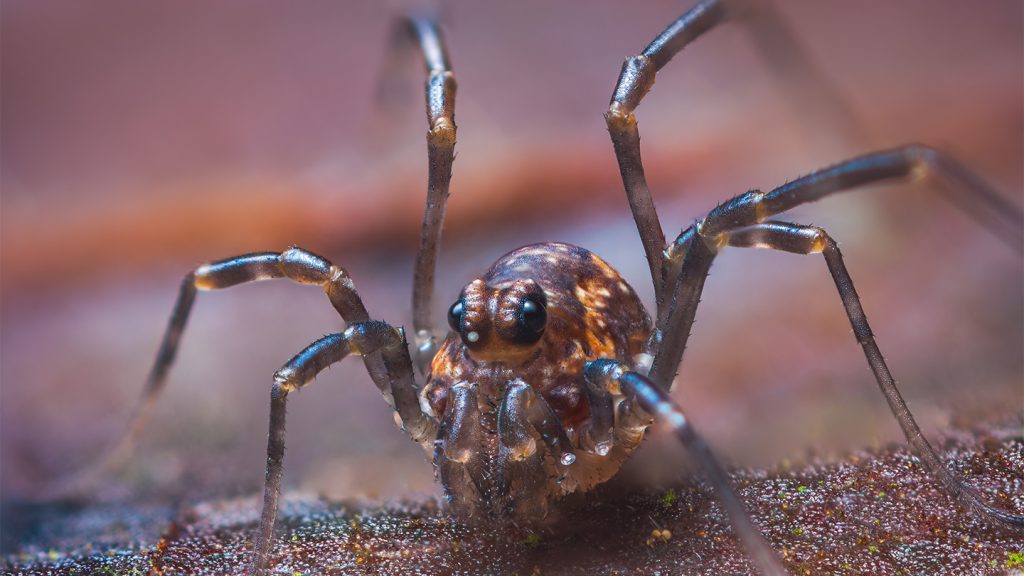Phalangium opilio, commonly known as the harvestman or daddy long-legs, may appear to have two eyes, but it actually has six peepers in total. This unique feature sheds light on the evolutionary history of these arachnids. These six eyes are actually a result of four optical remnants that have been adapted over time. By studying the eyes of Phalangium opilio, researchers can gain insight into the evolutionary processes that have shaped these fascinating creatures.
One of the key insights that researchers have gained from studying the eyes of Phalangium opilio is the evolutionary history of these arachnids. The six eyes of Phalangium opilio are actually a result of four optical remnants that have evolved over time. By examining the structure and function of these eyes, researchers can better understand how these creatures have adapted to their environment over millions of years. This helps scientists piece together the puzzle of how these creatures have evolved and diversified over time.
The six eyes of Phalangium opilio may also provide clues about the behavior and ecological roles of these arachnids. By studying the structure and placement of the eyes, researchers can infer how these creatures perceive their environment and interact with other organisms. This can provide valuable insights into the evolutionary pressures that have shaped the behavior and ecology of these creatures. By understanding how these creatures see and interact with their surroundings, researchers can gain a deeper appreciation for the complexity and diversity of the natural world.
In addition to providing insights into the evolutionary history and behavior of Phalangium opilio, studying their eyes can also have practical implications. For example, understanding the structure and function of these eyes can help researchers develop new technologies for vision and imaging. By studying the unique adaptations of these arachnids, researchers can gain inspiration for new approaches to vision and imaging technologies. This can lead to innovative solutions for a wide range of applications, from medical imaging to surveillance systems.
Overall, the study of the six eyes of Phalangium opilio offers a fascinating glimpse into the evolutionary history, behavior, and ecological roles of these arachnids. By examining the structure and function of these eyes, researchers can uncover valuable insights into how these creatures have adapted to their environment over millions of years. This knowledge not only enhances our understanding of the natural world but also has practical implications for developing new technologies and applications. The study of Phalangium opilio’s eyes highlights the intricate beauty and complexity of the natural world, and underscores the importance of continued research and exploration.


